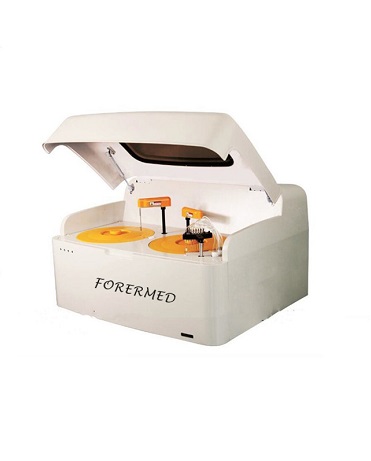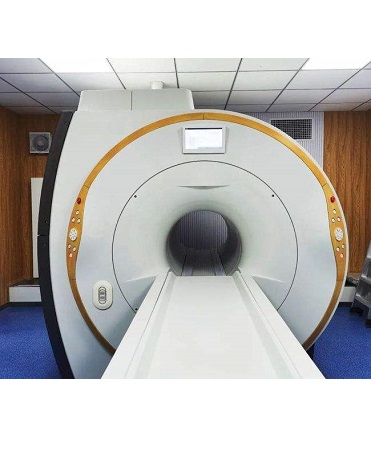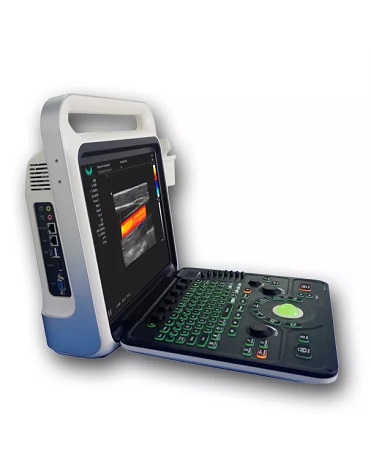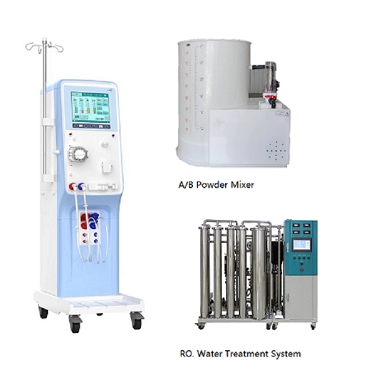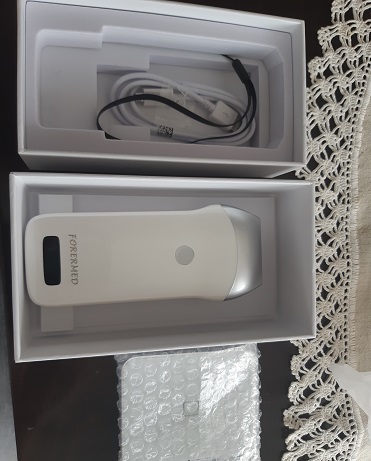-
Ultrasound detection of body fluid volume in dialysis patients
Chronic kidney disease is a slow and silent killer that has been rising over the past decade. Up to 14% of Americans are affected by accelerated kidney aging, which is directly related to diabetes, hypertension and obesity Patients with chronic kidney disease (CKD) often progress to end-stage renal disease (ESRD) and are dependent on dialysis, which is expensive. The ESRD population and large medical services account for 7% of the total US health insurance budget (1% of the total federal budget). Due to the need for frequent dialysis (up to three times a week), most of these patients are also often chronic fluid overloads, which results in extremely high cardiovascular events and mortality. Fluid detection in the dialysis unit typically involves listening to the rales and pressing the legs to obtain ankle edema. Unfortunately, this method leaves a large number of asymptomatic lung congestion that cannot be diagnosed. The solution is to detect fluid before the fluid develops symptoms and reduce its dry weight by taking more fluid during dialysis. Due to its non-invasive, easy-to-use and non-radiative, pulmonary ultrasound quickly became the preferred method for nephrologists to assess fluid volume. With ultrasound, the doctor can quickly determine if there...
-

What can be measured by dry biochemical analyzer?
What can be measured by dry biochemical analyzer? With the increasing clinical requirements for emergency biochemical testing and the rapid development of biochemical testing technology. Emergency dry chemistry technology is fast, convenient and other advantages gradually highlighted. With the popularity of the application of dry biochemistry analyzer, it can test more and more items. Let’s see what items it can test. 1. Liver function Liver function tests monitor various indicators related to liver function and metabolism through various biochemical experimental methods. It can reflect the basic status of liver function. The liver function test results will be shown on the liver function test sheet. By looking at the liver function test sheet, the doctor can make a good judgment to determine whether there is any pathological abnormality in the liver. YJ-250 dry biochemical analyzer liver function test main items are: total protein (TP), albumin (ALB), alanine aminotransferase (ALT), alkaline phosphatase (ALP), glutamyl transferase (GGT), aspartate aminotransferase (AST), total bile acid (TBA), total bilirubin (TB), cholinesterase (CHE) 2. renal function The kidney is a very important organ in the body. Its function is mainly to secrete and excrete urine, waste products, poisons and drugs. Once abnormal kidney function occurs,...
-

Body MRI
Magnetic resonance imaging (MRI) of the body uses a powerful magnetic field, radio waves and a computer to produce detailed pictures of the inside of your body. It may be used to help diagnose or monitor treatment for a variety of conditions within the chest, abdomen, and pelvis. If you are pregnant, the doctor may use body MRI to safely monitor your baby. Tell your doctor about any health problems, recent surgeries, or allergies and whether there’s a possibility you are pregnant. The magnetic field is not harmful, but it may cause some medical devices to malfunction. Most orthopedic implants pose no risk, but you should always tell the technologist if you have any devices or metal in your body. Guidelines about eating and drinking before your exam vary between facilities. Unless you are told otherwise, take your regular medications as usual. Leave jewelry at home and wear loose, comfortable clothing. You may be asked to wear a gown. If you have claustrophobia or anxiety, you may want to ask your doctor for a mild sedative prior to the exam. What is MRI of the Body? Magnetic resonance imaging (MRI) is a noninvasive test doctors use to...
-

What the ultrasound Scanner is color?
Are ultrasounds in color? Patients or their family members will always ask: “Is this a color Doppler ultrasound? Why is it like black and white?” Many people think that a color Doppler ultrasound should be like a color TV, with red and green colors, colorful, and people and things can be seen at a glance. Once a patient sees a black-and-white image, he wonders if the doctor is giving him a black-and-white ultrasound, which is not the case. Color Doppler ultrasound, also known as color Doppler ultrasound, is simply a high-definition black and white B-ultrasound plus color blood flow imaging. Therefore, color Doppler ultrasound is only based on black and white ultrasonography plus blood flow imaging in blood vessels. Color here refers to “vascular blood flow”. Everything else is black and white, but the black and white of color Doppler ultrasonography is clearer and has higher resolution than black and white ultrasonography. Higher, like two black and white TVs, one clear and one not (like a lot of snow on the screen). Color blood flow imaging is to display the blood flow changes in the form of pseudo-color coding of the received blood flow signals. Generally, the blood flow towards...
-

The Best Hemodialysis Room Design!
Provide the best hemodialysis room design! Just in July, we designed and recommended haemodialysis room equipment for 3 clients. These prepared hemodialysis rooms have different specifications, some are private hemodialysis rooms (accommodating 4-8 people at the same time), and there are large hemodialysis centers. We provide professional equipment design solutions for hemodialysis rooms and supply all hemodialysis related equipment. We provide high quality hemodialysis machines, A/B powder mixers, water treatment systems and other equipment and consumables.
-

Congratulations! The goods arrived in Serbia smoothly!
Congratulations to an orthopedic surgeon from Serbia who successfully received our wireless line array probe! This model is a 96-element wireless line array probe, suitable for Anaesthesia, pain, ICU, urology, nephrology, cardiology, rehabilitation, orthopedics, gynaecology, reproductive, obstetrics, neonatology, pneumology, gastroenterology, hepatological surgery, general surgery, vascular surgery , thyroid surgery, skull surgery, neurology, transplantation, ophthalmology, dermatology, emergency, nursing, inpatient, physical examination, and ER ambulance, primary care, family planning centers, family medicine, home care, nursing home, prisons, plastic surgery, small needle knife/acupuncture treatment clinic, sports medicine, battle field ambulance, disaster ambulance, etc. The size is as big as a smartphone, which breaks through the limitation of space and area, and is very popular with doctors.
If you have any question, please contact us


